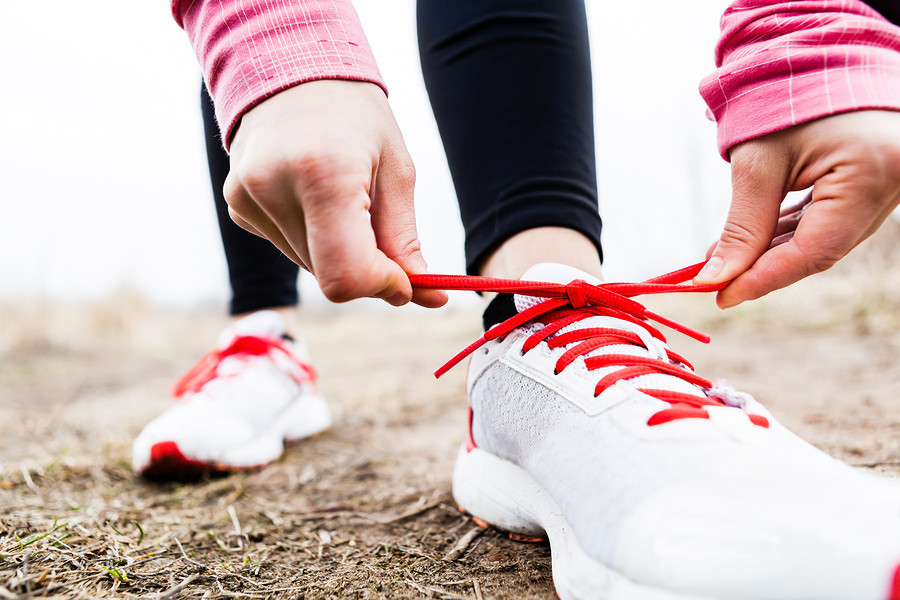Some exercise beats none; more is better

When I talk with my patients about exercise, I usually advise them to do the recommended amount: 150 minutes of moderate-intensity activity each week. But three papers I read this week are making me rethink this strategy.
Writing in this week’s , Canadian researchers pointed out the hazards of sitting too much. As my colleague Julie Corliss writes in the �첩���� blog, the researchers found that people who sat for prolonged periods of time were at higher risk of developing heart disease, type 2 diabetes, and cancer, and also at higher risk of dying prematurely. That was true even among those who exercised regularly.
Two papers published this week in the BMJ challenge my emphasis on the 150-minute-a-week goal. questioned this target for older adults, many of whom find it hard to exercise that much. pointed out that while the recommendation was fine, it’s just as important to encourage people who don’t exercise at all to do at least a little.
Both BMJ papers describe exercise as a spectrum, with no activity on one end and 150 minutes or more a week on the other end. In between there is a continuum. Getting individuals to move along that continuum, from no exercise to a little, a little to more, and so on, is an important goal �� one that I plan to follow.
My new approach
On the exercise front, I will continue to ask my patients “Are you physically active?�� and “How much time do you dedicate to exercise each week?�� For those who aren’t active, instead of aiming them at 150 minutes a week, I will recommend that they exercise for just a few minutes a day. Over time, I will encourage them to increase that time by a few minutes a day.
I also want my patients to think about, and calculate, how much time they spend sitting. Here’s one way to do that:
- Write down the time when you get out bed and write “UP�� next to the time.
- Every moment you sit or lie down during the day, write down the time and next to it write “DOWN��
- Each time you get up, write the time again and next to it write “UP.��
- Add up all the minutes between each “UP�� time and “DOWN�� time. This equals your total number of minutes doing “light activity�� for the day.
- Do this on two different days �� one day at work or school, and one day at home.
You could also time your “UP�� minutes using a stopwatch or the stopwatch function on a smartphone.
Instead of aiming for a specific goal, try to gradually increase the number of minutes per day you are “UP�� over the next several weeks.
Exercising more �� even if you don’t hit the goal of 150 minutes or more a week �� and sitting less are a good plan for better health.
About the Author

Howard E. LeWine, MD, Chief Medical Editor, �첩���� Publishing; Editorial Advisory Board Member, �첩���� Publishing
Disclaimer:
As a service to our readers, �첩���� Publishing provides access to our library of archived content. Please note the date of last review or update on all articles.
No content on this site, regardless of date, should ever be used as a substitute for direct medical advice from your doctor or other qualified clinician.












